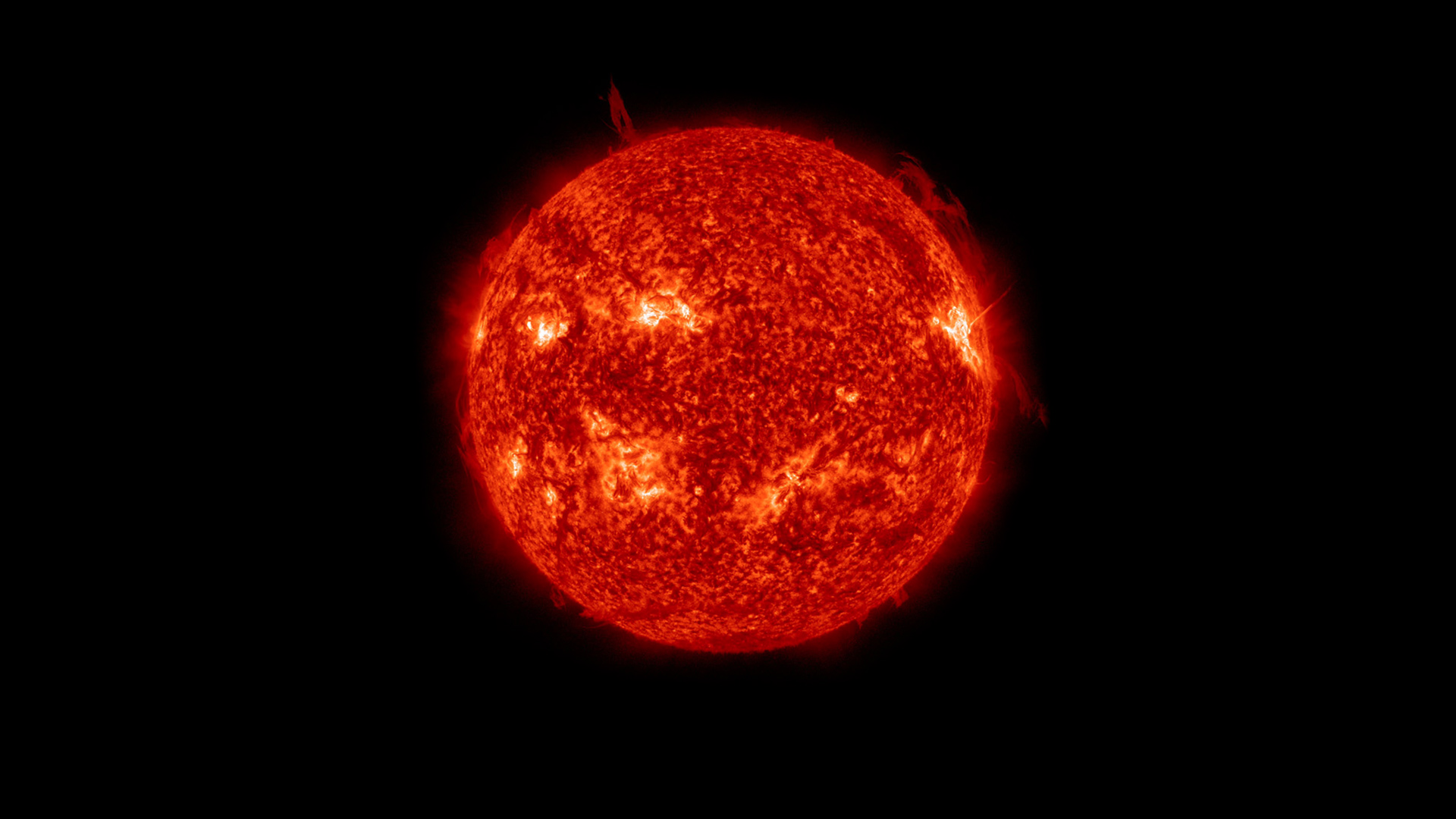
By using Flemish supercomputers and a new combination of physical models a new study was carried out on solar flares. Plasma astrophysicists at KU Leaven have created the first self-consistent simulation of the physical processes that occur during the solar flare.
Solar flares are explosion on the surface of the Sun that releases an enormous amount of energy, equivalent to a trillion ‘Little Boy’ atom bombs exploding at the same time. Solar flares can disable radio connections and power stations on Earth in extreme cases. However, they are also at the base of stunning space weather phenomena. For example, Northern Lights, are linked to the solar flare where the photons from the light of the sun interact with earth’s magnetic field to produce stunning coloured rays.
We already know about physical processes taking place during solar flare due to satellites and telescopes. The textbook illustrations of solar flares provide a 2D representation that was so far not confirmed. The latest research has been able to confirm these illustration. Researchers at KU Leaven are now able to create such a simulation. Wenzi Ruan, as part of his doctoral research, worked on the simulation with his team of Professor Rony Keppens at the Department of Plasma Astrophysics. The researchers used the computational power of Flemish supercomputers as well as a new combination of physical models in which the microscopic effects of accelerated charged particles were taken into account in a macroscopic model.
“We converted the results of the numerical simulation into virtual observations of a solar flare.” Said Professor Rony Keppens.




